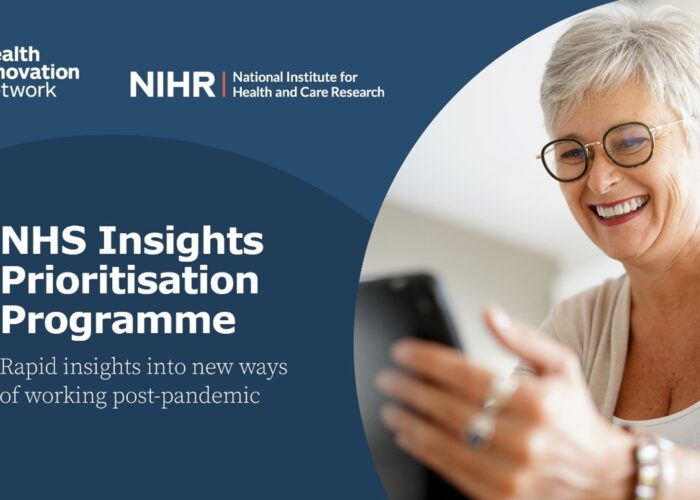Isn’t it? After all, breastfeeding for six months is what NHS Choices, the WHO and UNICEF are recommending as “best practice”. So are pretty much all the midwives and health visitors I have come across not to mention the NCT.
But it isn’t, or at best we don’t know whether it actually is.
It’s not that there isn’t evidence, there is plenty (see e.g. AHRQ review of over 9000 studies of developed countries alone).
And on the face of it there seems to be a strong link between breastfeeding and better health and developmental outcomes both in developing and developed countries. But that’s it: there is a link but not necessarily a causal relationship.
Parenting is complex with child health and developmental outcomes being determined by a whole range of factors, nutrition being but one. Unless these wider factors are taking into consideration, benefits from breastfeeding may be spurious.
The only proper way to find out about the causal link is to randomize mothers into those who breastfeed and those who don’t. And if you thought that offering vouchers to mothers who breastfeed for six months is controversial (or maybe you don’t), randomizing breastfeeding is a completely different universe. As a consequence, studies have often to rely on observational methods and the vast majority suggests that breastfeeding is beneficial. But strictly speaking this requires us to “assume” that this relationship is causal. And in all fairness, most of the studies acknowledge the limitations.
Why is this relevant?
Firstly, it raises the question of what constitutes “best practice” i.e. when is an issue well enough understood for the NHS to make it a priority which breastfeeding clearly is. For medicines and some treatments the answer lies with NICE but what about wider practice or locally developed services which are?
Secondly, it provides an intriguing example of what patient choice should really all be about i.e. provide people with a fair summary of the evidence so they can decide for themselves. Instead, deviation from the self-imposed norm is often greeted with the projection of guilt.
Which brings me to the final point, pursuing an intervention in the absence of definitive evidence may be ok if the likely benefits outweigh the costs. However, in this particular case I’m not aware of a study that has taking into consideration the physical, mental and societal pressures imposed on women and parents in relation to breastfeeding. Again, we are used to doing this for medicines and should expand it beyond.
A core remit of AHSNs is to diffuse “best practice” – but in some cases a more pressing question may be to understand whether best really is best. This may involve understanding the benefits for local initiatives more thoroughly and provide a local clearinghouse working closely with national bodies such as NICE.
An example for North West London is a cardiovascular rehabilitation programme. The programme has strong clinical evidence and is already being commissioned by one CCG but lacked an economic evaluation to understand whether it also provides value for money. Imperial College Health Partners commissioned an economic evaluation and is now in a stronger position to compare the results with other local programmes to establish what is and isn’t “best practice”. Local innovation will require local evaluation and the AHSNs have a crucial role to play in this.



